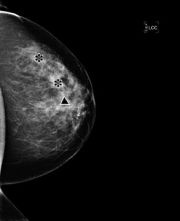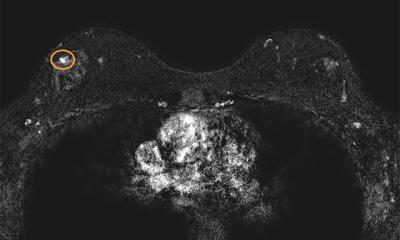Young woman underrepresented in breast cancer studies
More than 250,000 women under the age of forty are living with the disease in the US and 11,000 will be diagnosed in the next year. Even so, young women are underrepresented in many research studies and treatments, according to genomic expert Simon Chin.

Television-star Christina Applegate's tumor was detected through magnetic resonance imaging which was ordered by her doctor, according to her publicist. That decision proved lifesaving because the cancer was caught early when it is most likely to be treated and cured.
The highly sensitive MRI are very good at detecting tumors in young women whose dense breast tissue often hides tumors on mammogram X-rays. But it is also a very expensive procedure, one that all-too-frequently detects false abnormalities that necessitate biopsies. For this reason, the test is recommended only for those at increased risk of breast cancer. (Incidents of breast cancer is very uncommon in those under fifty, so most doctors do not screen women in their thirties.) News reports disclosed that Applegate's mother had previously battled breast cancer, but that by itself is not usually enough to justify an MRI in a woman so young.
According to genomic expert Simon Chin, young women are underrepresented in many research studies, as no effective screening tools exist and little research on genetic predisposition is available for this growing group of survivors. Mr. Chin leads the Iris BioTechnologies Cancer Analysis and Prevention Project at Santa Clara-based Iris BioTechnologies. He believes the project may be a good place for families to get personally involved in breast cancer prevention and the future of personalized medicine.
The online survey addresses not only family histories, but medical and lifestyle factors that are possible causative agents. By building personal medical and lifestyle family trees, women diagnosed with breast cancer will have valuable information at their fingertips to help their physicians make more personalized treatment decisions.
"Wouldn't it be nice if a majority survivors under the age of forty were able to build a database that might begin to uncover the intricacies of the disease? The time is now for prevention and cure to stand as equals," says Chin.
15.08.2008











